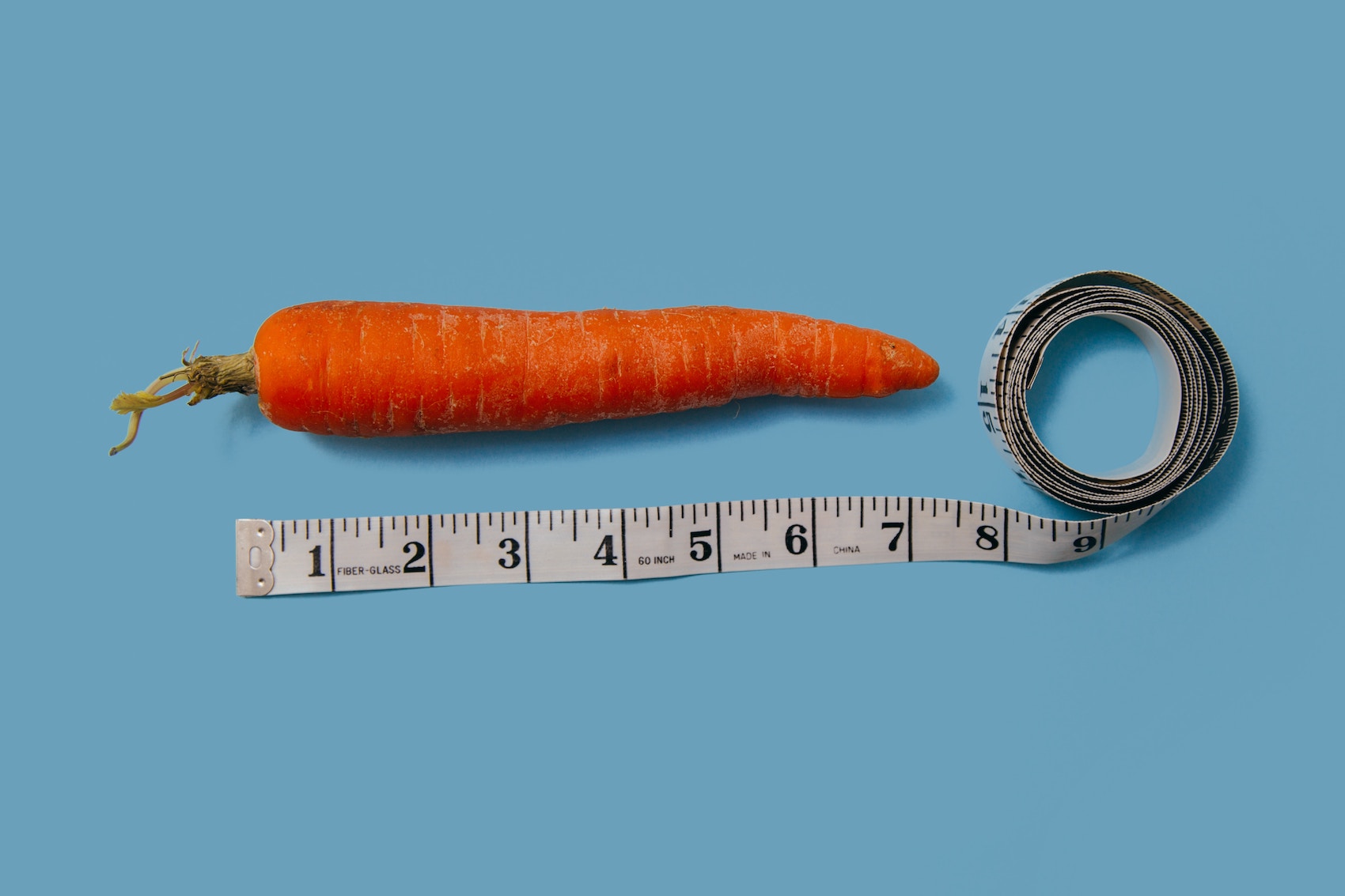For 2 persons
Ingredients
3 Carrots
1 Leek
2 small potatoes
½ Red Pepper
3 cups of vegetable broth or water
Paprika
Thyme
Salt and pepper
Chilli
1 Greek Yogurt
Preparation
1- Cut the vegetables into large pieces, fry in a pot for 5 minutes with a little olive oil.
2- Add the paprika, thyme and chilli pepper and stir for a couple of minutes.
3- Put the broth and/or water in the pot and simmer for 20 minutes.
4- Once the vegetables are cooked, crush the whole mixture in a blender or mini-blender.
5- Return everything to the pot, cook and stir for a few more minutes and season with salt and pepper
6- Remove from heat, add the yogurt and stir.
A little bit of history...
Did you know that the orange carrot has always been that colour because it was wanted to honour the Orange crown in Holland in the 17th century?
Originally, carrots were ivory-coloured, from which a natural mutation to purple subsequently developed. The first carrots that we have records of being grown are, about 1,100 years ago in the region of Afghanistan (Mackevic 1929).
For many centuries, because of their bitter taste, carrots were used as a medicinal remedy. This allowed its rapid expansion through various regions; firstly through the fertile crescent. The data mentions that in the first millennium B.C. it was transported from Egypt to Greece, subsequently to the rest of Europe and later from Persia to Asia.
At that time, they were already used as food; at that time the most common carrots were the purple ones. A natural mutation deinked the purple carrots transforming them into a yellowish colour. In the sixteenth century, Holland was one of the largest producers of carrots and varieties were manipulated to acquire an orange colour as a way of honouring the crown.
A reflection…
It is almost paradoxical to see how most people think that the purple or white varieties are modern creations. I was one of them and it’s amazing to think that things are the other way around.
The biggest producer of carrots in the world is China which has almost 50% of the world market. China produces almost 6 times more than the second largest producer which is Uzbekistan; with this we can infer that the carrot market is controlled by China.
The largest importer is Germany (11%), the rest of world imports are fairly balanced in various countries of the world. The current market price (2019) is about 50.53 dollars per ton.
Nutrition...
Carrots are 47% carbohydrates, 4% dietary fibre and lots of vitamins and minerals.
They contain many carotenoids that have great antioxidant power, which is why it is a good food to prevent cancer.
Did they tell you that carrots are good for your eyesight? Well, in a way, yes, because a vitamin A deficiency can cause long-term vision problems. And carrots are rich in this vitamin. According to the Spanish Association of Nutrition A “an average-sized carrot covers 89% of the daily needs of this vitamin for men between 20 and 39 years old and 112% for women of the same age”.
So let’s eat a lot of carrots!


